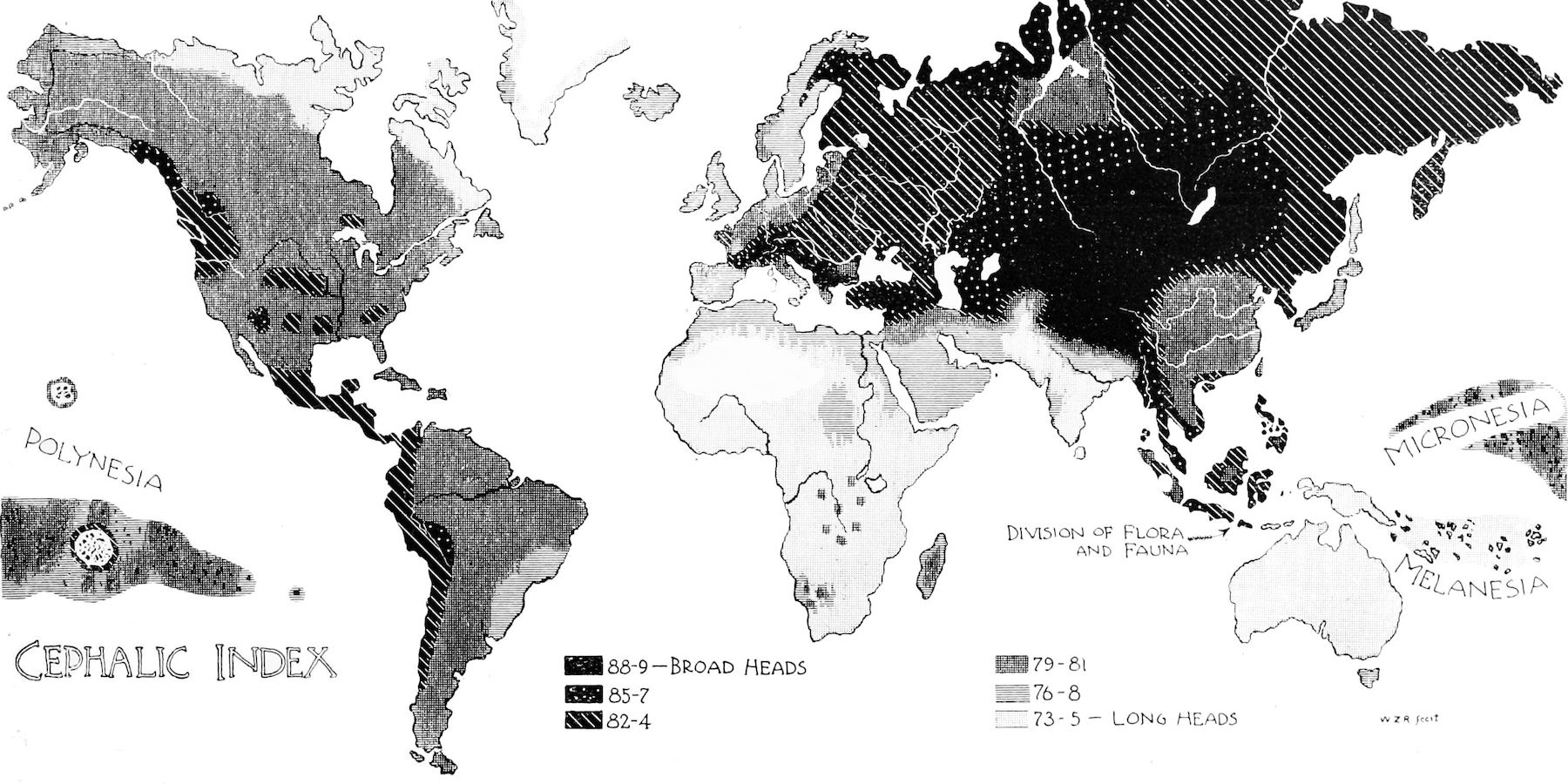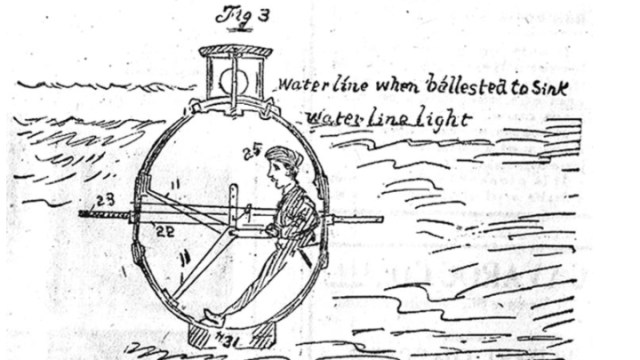Science is catching up to the Buddha

1. Science is confirming key Buddhist ideas. So reveals Robert Wright’s very enlightening book, Why Buddhism Is True.
2. Wright means “true” because evolutionary logic and brain science now fit Buddhism’s ancient naturalistic (non-reincarnation-y) aspects. Consider some of Wright’s mind-stopping sentences and essentially delusion-illuminating ideas.
3. Evolution “doesn’t care about our… happiness.” It wants us anxiously striving, thus life brings suffering (=Buddhism’s dukkha = “unsatisfactoriness”). So feeling happy requires “rebellion” against evolution’s values.
4. Evolution’s sole goal (=“purpose”) is gene spreading. So life feels strongly about and “values” the needs of its gene “vehicles” ( = bodies).
5. Feelings arose to enact evolution’s vehicle-centered values (=personalized go-forth-and-multiply mission). And all feelings are elaborations of basic evolutionary good-or-bad approach-or-avoid judgments.
6. “Judging is what we’re designed to do.” Our heads are full of feeling-generating “modules,” constantly running backstage (System 1) that judge (assign affective adjectives to) things in our environment.
7. “There’s no such thing as an immaculate perception” or conception (the cognitive, not sexual kind). All come bundled with feelings (feelings = biochemical judgments + attached stories, see “Darwin’s Hindoo”).
8. Brain science backs Buddhism’s “not-self” doctrine—“thoughts think themselves”—there’s no “CEO” module. Ordinarily, which feeling-thought-story bundles “bubble up” into awareness depends on the intensity of outputs of competing modules.
9. Buddhism calls these feeling-thought-story bundles “delusions” because they arise from misplaced “essentialism.” Your perceptions about X may seem like essential attributes of X, but they result from “interdependent co-arising.” Like color, they’re co-constructed, “caused” by properties of the object, lighting, our physiology, and even language (color =“secondary quality” in Western philosophy).
10. Science calls essentialism about people the “fundamental attribution error” (blaming dispositional traits over situational factors). But this error varies by culture, Jerome Kagan says Asian psychologists wouldn’t ever dream up the “Big Five” personality traits (e.g., Korean uses act-plus-context as the basic “unit”).
11. Buddhists don’t fight feeling-delusions directly. Rather they “R.A.I.N.” them in—recognize, accept, inspect, and nonidentify (feelings aren’t an essential part of you).
12. Mindfulness meditation trains you in metacognitive skills (thinking about thinking) that weaken unhelpful feelings and empower calmer ones.
13. Buddhist language like “nothing possesses inherent existence” can seem to go too far, since our unobjective “delusions” are often accurate enough.
14. But Buddhism beat Einstein to relativity’s core insight, that there’s no “view from nowhere,” or God’s-eye view (even the truths of physics are relational, perspectival).
15. Evolution’s save-your-own-skin values tend to inculcate the perspective that we’re “special.” But perhaps these evolution-given values are more like food than air (the former far more culturally configurable than the latter).
16. Wright feels our evolutionary “vehicle stops at the skin,” but that view is shifting—every vehicle needs ”multitudes,” and “every self is a society.”
17. Our “extended vehicles” raise broader “vehicular viability” issues (see “universal survivor logic”). And beyond the personal practical benefits meditation offers, Wright feels a “Metacognitive Revolution” could save the planet (Buddha and the art of vehicles maintenance).
Illustration by Julia Suits, The New Yorker cartoonist & author of The Extraordinary Catalog of Peculiar Inventions





